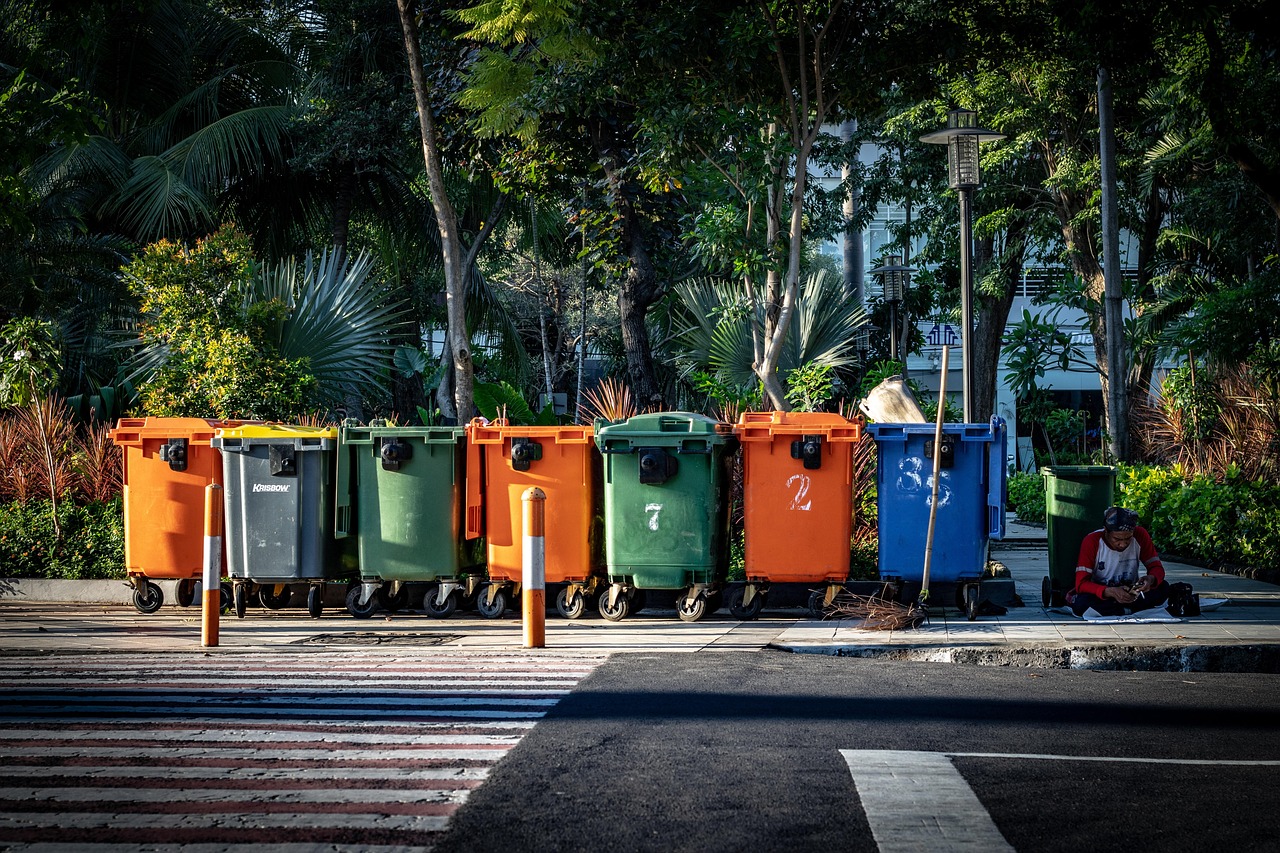We use such as variety of products and packaging each day that it is confusing which bin to put it in. Surveys of the British public show up to 80% of UK households do not recycle things that could be recycled and 55% are ‘very unclear’ about what can and can’t be recycled. As a result, it is assumed that only 50% of items that could be recycled are being recycled, contributing to lower rates of recycling. There is also a problem with ‘wish-cycling’ – people putting things in the recycling bin in the hope that they can be recycled, but it cannot. Here are some simple guidelines of what can and cannot be put in recycling bins.
Five things you can put in the recycling bin
- Cardboard: cardboard, such Amazon packages, can be put in the recycling bin. The only caveat to this is that if the cardboard has been contaminated, it cannot be recycled (see below).
- Glass: anything made from glass can be recycled. Some councils will accept broken glass and others will not, so check out your local council’s policy.
- Paper products: anything made from paper, provided it is not mixed with plastic, can be recycled. But products like paper plates and paper cups cannot be recycled if they have been significantly contaminated (see below).
- Plastic bottles: plastic bottles such as cleaning products, plastic cartons of drink and shampoo and conditioner bottles can go in the recycling bin. But what is very important is that they are empty otherwise the leftover liquid can cause contamination in the recycling bin. Also do not crush plastic bottles out of shape. This makes it harder to sort out bottles in the recycling centre.
- Metal: metal such as aluminium cans and foil can be recycled. Again, it is best not to crush them for the same reason.
Five things you cannot put in the recycling bin
- Left-over food: food waste should not go in the recycling bin with paper, cardboard, plastic and glass. It can contaminate these rest of the products, which means they cannot be recycled. Instead, food waste should go separately in the composting bin or the general waste bin.
- Packaging that has been contaminated: For example, takeaway pizza boxes are usually made from cardboard but if a lot of grease from the pizza has contaminated the box, it can’t be recycled. If there is very little grease on the pizza box, you can put it in the recycling bin. This is also true of paper plates and paper cups used at an event. Significant food contamination on these products means they cannot be recycled.
- Black plastic: black plastic cannot be recycled because sorting systems in recycling plants cannot identify them since they use light to identify different plastics.
- Crisp packets, chocolate and sweet wrappers: The foil they are made of are not ready for recycling. If some of the packaging is made of paper, it can be separated from the rest of the packaging and recycled.
- Anything smaller than a tennis ball: things that are very small are difficult to process at recycling plants. This is why when recycling bottles, you should keep the lids on because they cannot be recycled separately.

Leave a Reply